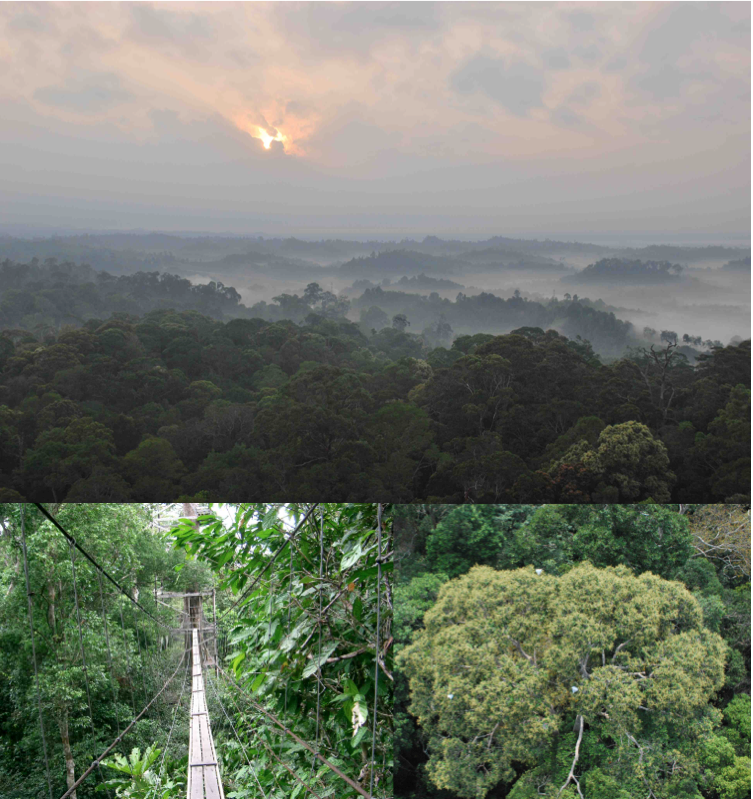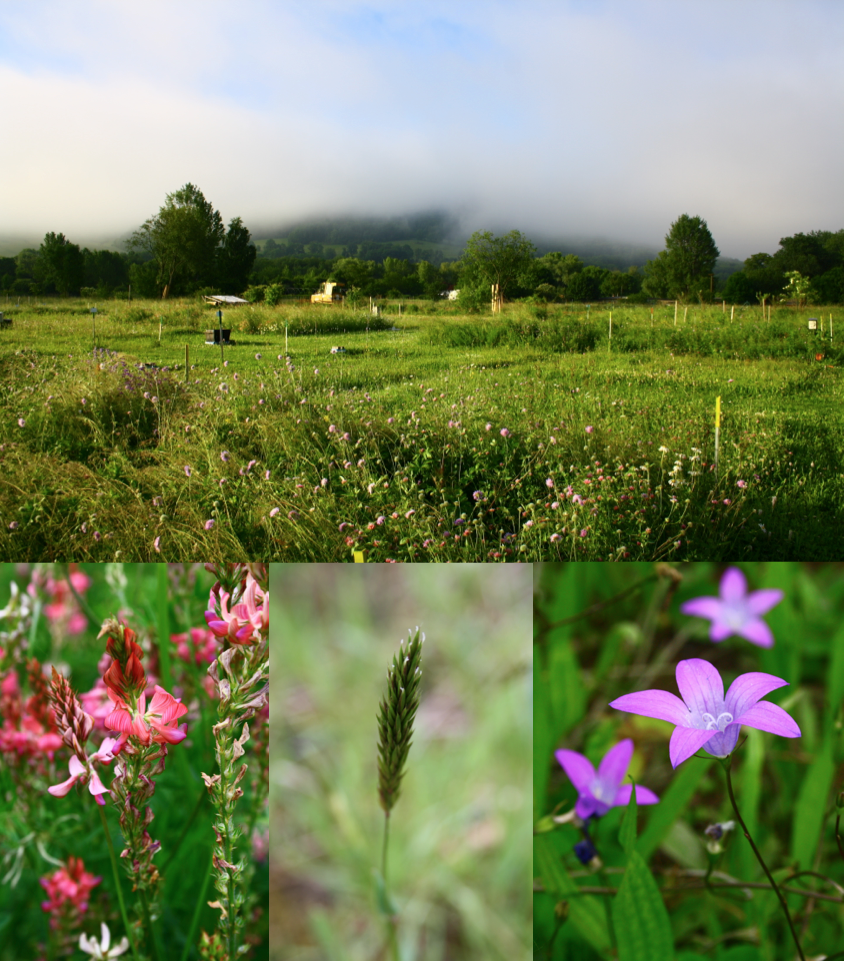Navigation auf uzh.ch
Navigation auf uzh.ch
Kentaro Shimizu
Bernhard Schmid
Eri Yamasaki
Sofia van Moorsel
Terhi Hahl
Research aims - The study of interactions between global change and biodiversity generally lacks an evolutionary perspective, despite the potential for eco-evolutionary feedbacks. This project analyses influences of environmental drivers and biodiversity on phenological adjustments and their genetic basis using quantitative genetic approaches and gene expression studies.
Genome-wide expression pattern in natural tropical forest to study plasticity in phenology – Synchronised flowering in tropical rain forests, called “general flowering”, is considered one of the most mysterious and large- scale events in ecosystems (Kobayashi & Shimizu 2011). We will study trees of Dipterocarpaceae (see project 4), using currently assembled genome data of Shorea leprosula and Dryobalanops aromatica (genome size of about 450 Mb). Three locations in SE Asian rainforests in Malaysia, i.e., Lambir National Park, Forest Research Institute Malaysia (FRIM) and Danum Valley Conservation Area near the SBE (project 4) provide canopy access.

Phenotypic plasticity and evolution in biodiversity experiments – Plants selected for 11 years in the Jena biodiversity experiment (Roscher et al., 2004) will be used to test the hypothesis of increased combining ability due to evolution or phenotypic plasticity. Model ecosystems with plants of different selection history (i.e., none, monoculture, mixtures) will be assembled to test if the predicted changes also lead to increased productivity and thus functioning at the system level.

Expected contributions to research theme – Southeast Asian tropical forests are likely to suffer from climatic as well as land-use changes (Hector et al., 2011a). Changes in rainfall could disrupt synchronous flowering and thus seed production, eventually leading to the breakdown of forest biodiversity and ecosystem functioning. Biodiversity experiments so far have treated species as constant, but more and more data suggest the importance of genetic diversity within species and most recently the importance of evolutionary and plastic adaptation within species over time. Recently, evolution in the ecological timescale is actively discussed (Hoffmann & Sgro, 2011; Schoener 2011). Biodiversity experiments provide an opportunity to detect effects of rapid evolution on biodiversity and ecosystems. Furthermore, little is known about how changes in trait and gene frequencies, and modification of individual phenotypes, are involved in ecosystem responses to environmental change. This is especially true for non-model species in the field.
